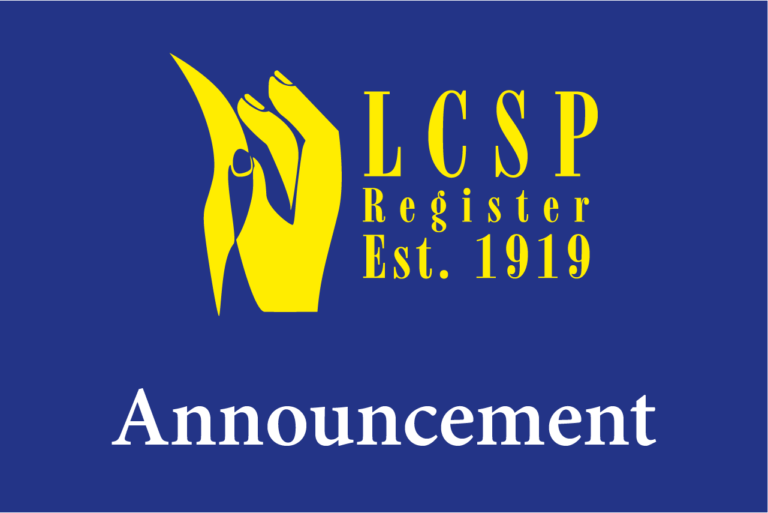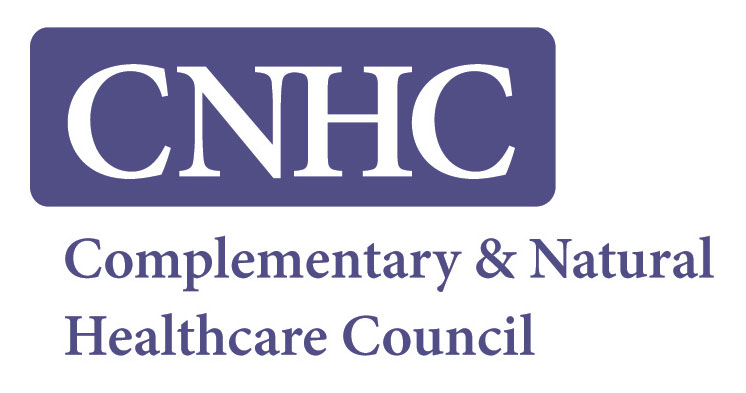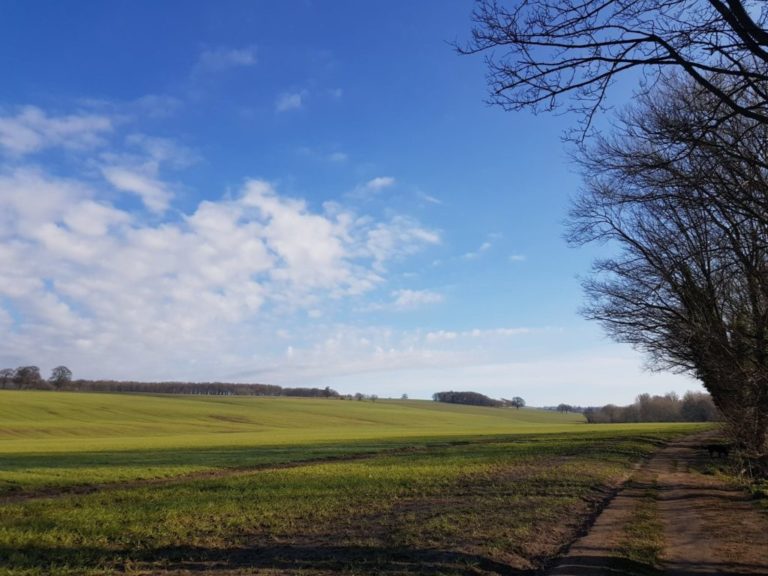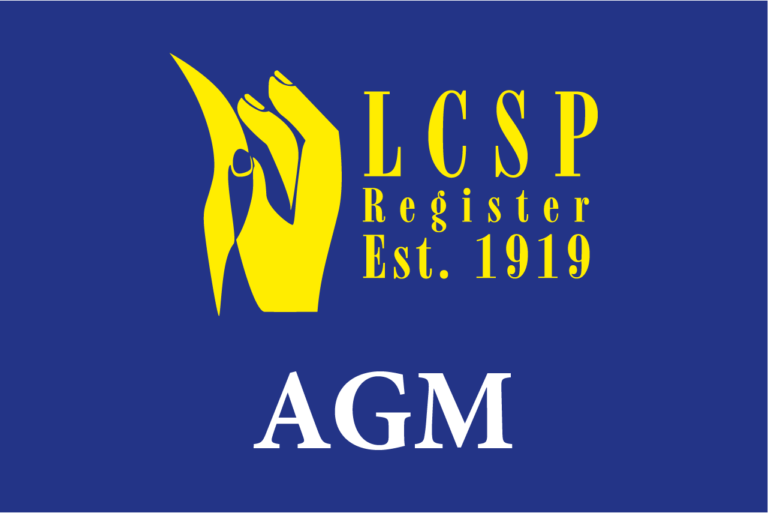Healing comes from the Old English hælan, meaning “cure; save; make whole, sound and well.”
This information was shared with me at a recent workshop with anatomist John Sharky, whose work on understanding of fascia and biotensegrity is immense.
I sat there thinking this sounds like something we should aim for more than ‘being healed’. Maybe we need to focus on what’s needed to create wholeness.
Over years of practice we ask ourselves: how do we help people heal, and what does that mean for each person. I think it’s best looked at in terms of wholeness instead.
- For athletes, at any standards, ‘wholeness’ means being able the run, cycle, play golf, hockey or football pain free. It’s an essential part of their wellbeing.
- For our professional sports people, ‘wholeness’ means being able to compete with a deep confidence in their body; a trust in their ability to deliver a positive outcome and perform to a high functioning state
- For arthritic people it’s about helping them to keep moving, encouraging them in the best way we can. Explaining even though it can be painful, the less a joint is used the stiffer it will be come. There’s a bit of ‘use or lose it’, which can be tough to hear – they won’t feel healed. We must help them find a way to progress where they treat themselves kindly, accepting they may not be ever pain free and stiff, but they can get to a place where they may feel a little more ‘whole’.
- For those with chronic conditions and long-term pain, for example those with CFS, fibromyalgia or rheumatoid arthritis, I spend time working with the individual to establish what ‘wholeness’ looks like. We set steps in place together to get them there. In this process we review often the ‘wins’ and gains made, focusing on realistic expectations. I ask them ‘how kind’ are you with yourself. Often, I find these people are very harsh on themselves for getting into this position.
In any of these situations it’s important to offer warm, compassionate honesty and support, and say there is only so much we can offer with our hands. They have to meet us and work with us to get them to a state of ‘wholeness’
My final note on this is that whether we think we’re living with pain or not, there are always things we need, different for everyone, to feel whole. These are the things that me feel well and whole.
- Time with family and close friends
- Walking Eddie dog all on my own
- Going to Chapel Allerton Pilates
- My practice and sharing knowledge with other therapists
- My monthly facial at the beauticians.
- Feeding myself food that my body will welcome, and taking time to think about the food my body would welcome
- Giving myself space to move, doing Pilates just for me each day
- Walks along cliffs, beaches, to the top a hill with an awesome view
What are yours?
Not joined up yet?
There’s plenty of reasons to join the LCSP Register
Insurance Partners
Our dedicated team can tailor individual policies to suit your specific needs
Workshops
Keep your skills up to date with CPD Workshops and courses
Business Support
Advice tailored to working in the private sector
Find a Therapist
Our directory of therapists searchable by the general public
Welfare Officer
Supporting members who may have situations of difficulty where they need assistance, guidance or reassurance.






